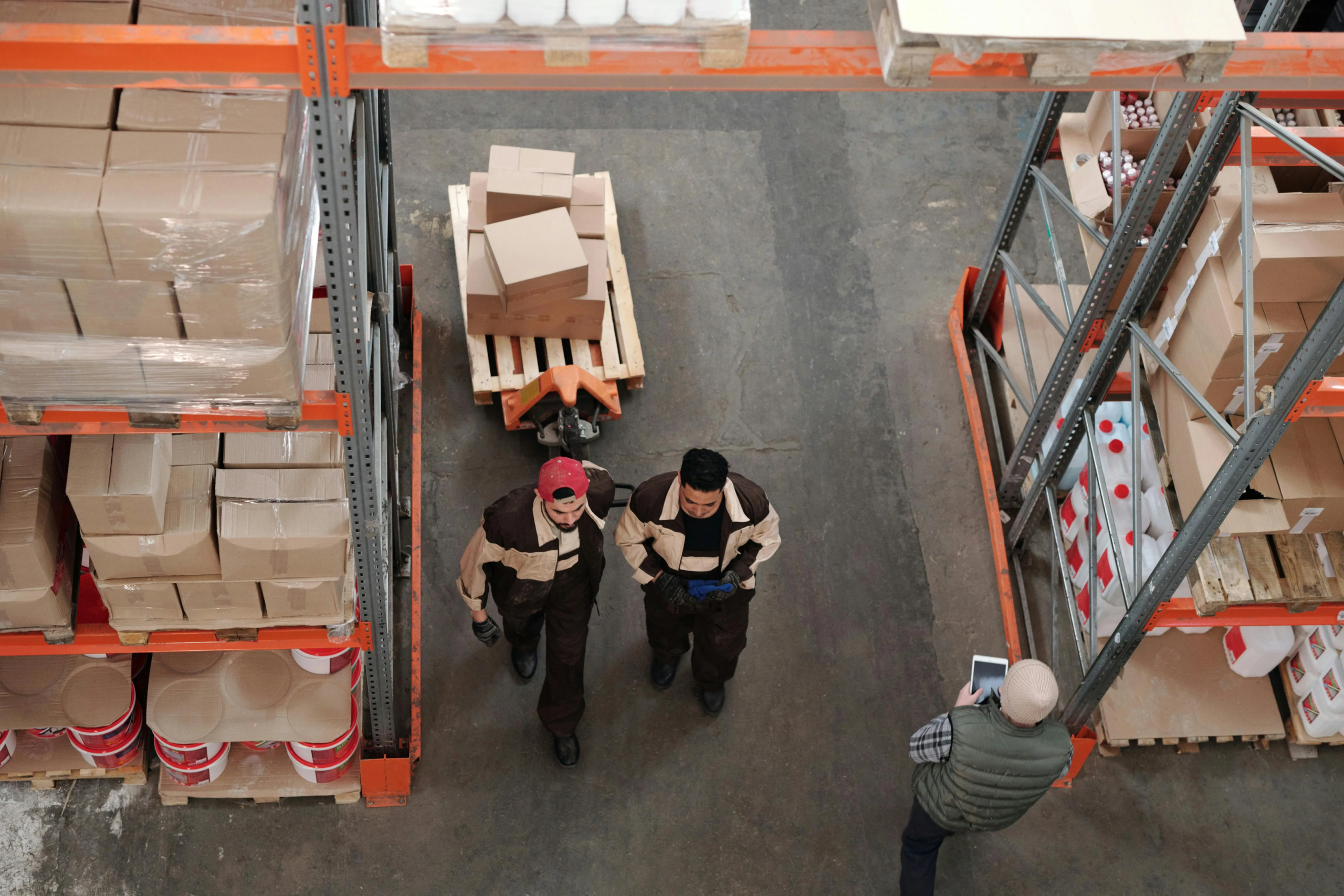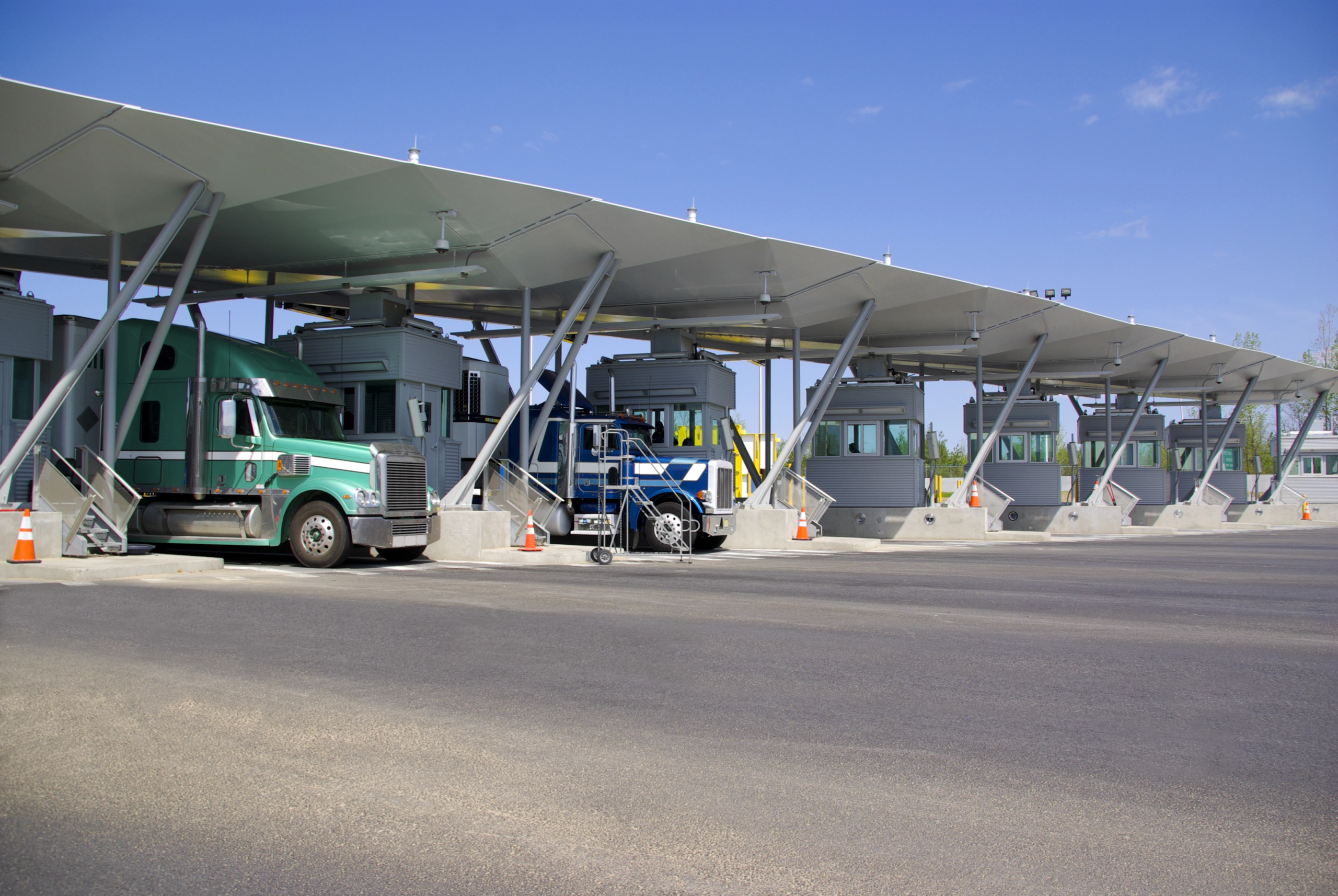Shipping goods internationally poses significant challenges, especially in the realm of international e-commerce shipping. Even in the case of major trade routes like those between the United States and key partners such as Canada and Mexico, complications can arise swiftly. Managing interactions with various governments, handling extensive paperwork, navigating customs clearance, and coordinating with multiple service providers are all part of the intricate process of shipping across borders.
Mistakes in cross-border shipping can prove to be expensive in terms of both time and money, impacting your customer relationships. Attempting to take shortcuts and sidestep these challenges is a surefire way to find your shipment stranded at the border.
Whether you’re moving goods across the Canada-U.S. border or the Mexico-U.S. border, exploring effective shipping solutions and steering clear of these five pitfalls is essential for a smoother international shipping experience.
Mistake 1. Delaying the establishment of a customs broker
Initiating the setup of a customs broker for x border tracking is not a swift task that can be accomplished in a single afternoon. While it might be feasible to finalize the process within as little as five business days, it is advisable to allocate a two-week timeframe for this crucial step—hastening through it is ill-advised.
Customs brokers, essential for border ship procedures, serve as the representatives of your business at the border, requiring a granting of power of attorney. They must possess comprehensive knowledge of your shipping procedures and become familiar with the intricacies of your business as well as all carriers involved. Rushing through this intricate procedure poses the risk of encountering costly delays at the border.
Mistake 2. Inconsistencies between the details in the bill of lading and commercial invoice
Ensuring uniformity in information between these two documents is crucial. Any disparities in shipment dimensions, product count, and other particulars may result in customs clearance delays until these discrepancies are rectified.
For shipments crossing the Mexico border, an additional requirement is the complemento carta porte document. This document must also mirror the information present in both the bill of lading and commercial invoice to facilitate a smooth customs clearance process.
Mistake 3. Initiating shipping before achieving complete alignment with the customs broker
Proceeding with shipping before achieving full alignment with your customs broker can lead to complications, such as missing or inaccurate paperwork. In the case of a first-time shipment, it is crucial to ensure that the customs broker is fully informed before the load is picked up, as failure to do so may result in costly delays at the border.
Mistake 4. Neglecting to verify after-hours contact details
Despite thorough preparation for your cross-border shipment, unforeseen circumstances may arise. In the event of errors, prompt access to individuals capable of addressing them is crucial, even during nights and weekends. Border delays can incur significant costs, and waiting until Monday morning to resolve an issue that arises on a Friday evening is undesirable. Establishing non-standard business hour contact information with your transportation provider, importer of record, shipper, and customs broker is considered a best practice for cross-border operations.
Mistake 5. Undervaluing the time required for transit
The process of crossing the border can be time-consuming, particularly when shipping from Mexico to the U.S. Collaborate with an experienced cross-border provider to precisely estimate and plan a realistic transit time for your shipment.
- When Crossing the Mexico-U.S. Border
Truck wait times at the U.S. border typically range from 2 to 5 hours, with the potential for longer durations due to inspections or other unforeseen delays. Even if your through-trailer and shipment clear customs seamlessly, multiple drivers will handle your trailer, resulting in its placement in a yard. Given that your shipment may not cross the border on the same day it’s picked up, it’s essential to incorporate additional transit time for delivery.
- When Crossing the Canada-U.S. Border
With proper pre-clearance using PARS or PAPS for the freight, the border crossing can be completed in less than an hour. While generally smoother than the process in Mexico, collaboration with customs and border patrol is still necessary, as unexpected delays and issues can arise.
Need a Reliable Logistics Partner?
If you’re seeking expertise to streamline your cross-border shipping, LAX Freight is here to assist. Whether you require truckload, intermodal, or LTL capacity for Canada or Mexico, our team of cross-border specialists is dedicated to providing the coverage you need.



